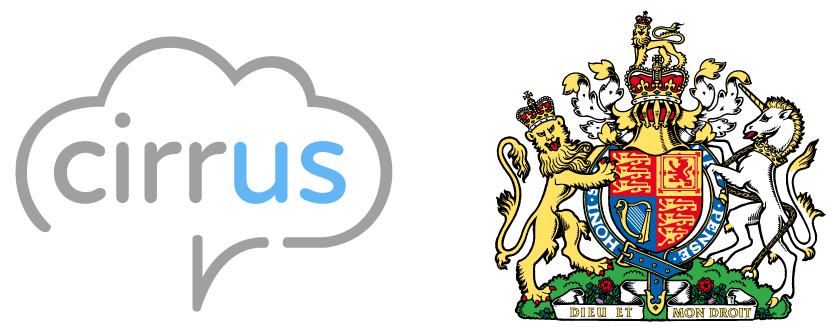Citizens’ experience with public services greatly influences their views of the government’s efficiency and trustworthiness. Every interaction, whether it’s renewing a license or paying a tax, is shaped by the people behind these services—the public sector employees.
The well-being of these employees directly affects their ability to serve the public effectively. Currently, there’s a big problem: half of the UK’s public sector workers are unhappy with the digital tools they use at work. These tools, which should be helping them, are often outdated or inefficient, slowing them down and making their jobs harder. Imagine, 68% of these employees face frequent issues like poor internet connections or sluggish applications, and about 11% are so frustrated that they’ve thought about quitting.
Clearly, if we want to improve the citizen experience (CX), we need to start by getting the employee experience (EX) right. This means not just rolling out new technology, but making sure these tools truly address the needs of the workers who rely on them every day.
Current Challenges with Digital Tools in the Public Sector
Despite introducing digital tools, many public sector workplaces haven’t seen a real improvement in their daily operations. A staggering 82% of employees report being frustrated by their digital work environments at least occasionally, but few of these issues are resolved. This ongoing frustration often goes unnoticed by IT departments, leading to a silent struggle that impacts service quality.
This dissatisfaction among employees directly affects the quality of service that citizens receive, which can damage trust and satisfaction with government services. If the systems don’t work well for the employees, they certainly don’t work well for the public.
The Connection Between Employee and Citizen Satisfaction
The relationship between how employees feel (Employee Experience, or EX) and how citizens perceive their interactions with the government (Citizen Experience, or CX) is more than just theoretical. Studies show that organisations that focus on employee engagement see substantial benefits. For example, companies with highly engaged employees can outperform their rivals by up to 147%. This highlights the impact a motivated and content workforce can have on an organisation’s overall performance.
Further emphasising this point, an employee engagement study found that 79% of employees at organisations known for exceptional customer service describe themselves as highly engaged. In contrast, only 49% of employees at companies with mediocre customer service report similar levels of engagement. This gap illustrates the role of enhancing employee experience in elevating citizen experience. By improving how engaged employees are, organisations can improve their service and enhance how citizens view and interact with them.
Strategies to Improve Employee Experience in Public Sector
Improving the employee experience in the public sector calls for a well-rounded strategy focusing on technology, training, and organisational culture. Here’s how it can be done:
Investing in the Right Digital Tools: Public sector agencies should adopt modern and intuitive digital tools specifically tailored to their employees’ needs. These tools should integrate smoothly with current systems, making information accessible and communication more straightforward. This way, employees can spend less time tangled in red tape and more time on meaningful work, reducing the everyday digital hassle.
Ongoing Training and Professional Development: Employees need ongoing training to master new technologies and effectively manage complex interactions with citizens. This should include technical and soft skills like communication, problem-solving, and empathy. According to the OECD, structured training programs and informal learning are vital for helping employees keep pace with digital changes.
Creating a Supportive Work Environment: A positive workplace is fundamental for a better employee experience. This involves several key elements:
- Feedback Systems: Strong feedback mechanisms ensure employees can share their concerns and suggest improvements, helping them feel valued and involved.
- Work-Life Balance: Promoting flexible work hours, remote work options, and mental health support helps prevent burnout and enhances overall job satisfaction.
- Recognition and Rewards: A robust system to recognise and reward excellent work can vary from formal awards ceremonies to informal acknowledgements in team meetings.
- Career Development: Providing clear paths for career advancement, including leadership training and mentorship opportunities, encourages personal and professional growth within the organisation.
Public sector organisations can take big strides towards improving the work environment and boosting employee satisfaction and productivity by focusing on these areas.
From Improved Employee Experience to Enhanced Citizen Service
Supporting public sector employees and refining their work environment leads directly to better service for citizens. A standout instance of this is the Greater London Authority’s (GLA) move to a hybrid contact centre model. Challenged by outdated systems and a need for greater flexibility during their transition to the Royal Docks, the GLA introduced a cloud-based system that was up and running in just two months. This system, which integrates smoothly with Microsoft Teams, minimised disruptions during the switch.
This change resulted in notable improvements in operational efficiency and cost reductions. Adopting an Interactive Voice Response (IVR) system cut call volumes by 66%, making services more accessible to residents and easing the workload on contact centre staff. These backend enhancements meant that employees could address citizen inquiries more effectively and satisfactorily.
Jason Roos, CEO of contact centre solutions provider Cirrus, highlights the broader impact: “Moving to cloud-based systems in public sector contact centres isn’t merely a technical upgrade—it’s a giant leap towards better serving our community. Our goal is to equip public sector staff with the tools they need to work efficiently, freeing them up to focus on what truly matters—helping people.”
Overcoming Challenges in Integrating EX and CX
While the advantages of merging employee and citizen experience strategies are evident, overcoming certain challenges is essential for success:
- Financial Constraints: Budget limits can make it tough to fund new technologies and training initiatives.
- Bureaucratic Inertia: Sometimes, the established ways of doing things in public sector institutions can delay or derail new initiatives.
- Technological Implementation: Updating old systems and adding new digital tools involve complex, large-scale projects.
- Privacy and Transparency: In today’s world, where data privacy is a major concern, ensuring open yet secure communication is a delicate balance.
A unified effort involving clear communication, engaging stakeholders, and a commitment to ongoing improvement is necessary to tackle these obstacles.
Conclusion
As the public sector evolves, continuing to focus on improving employee experiences to boost citizen experiences is an absolute must. By dedicating resources to their employees’ professional development and satisfaction, public sector agencies can not only elevate the quality of their services but also strengthen public trust and contentment. This commitment lays the groundwork for a more efficient and responsive government.




